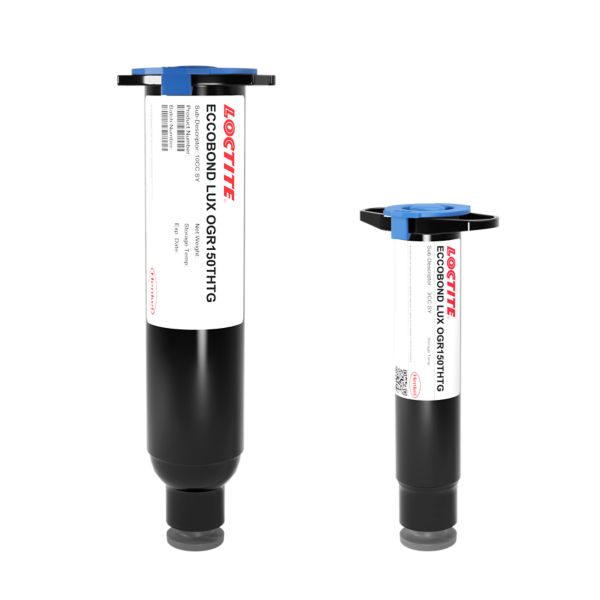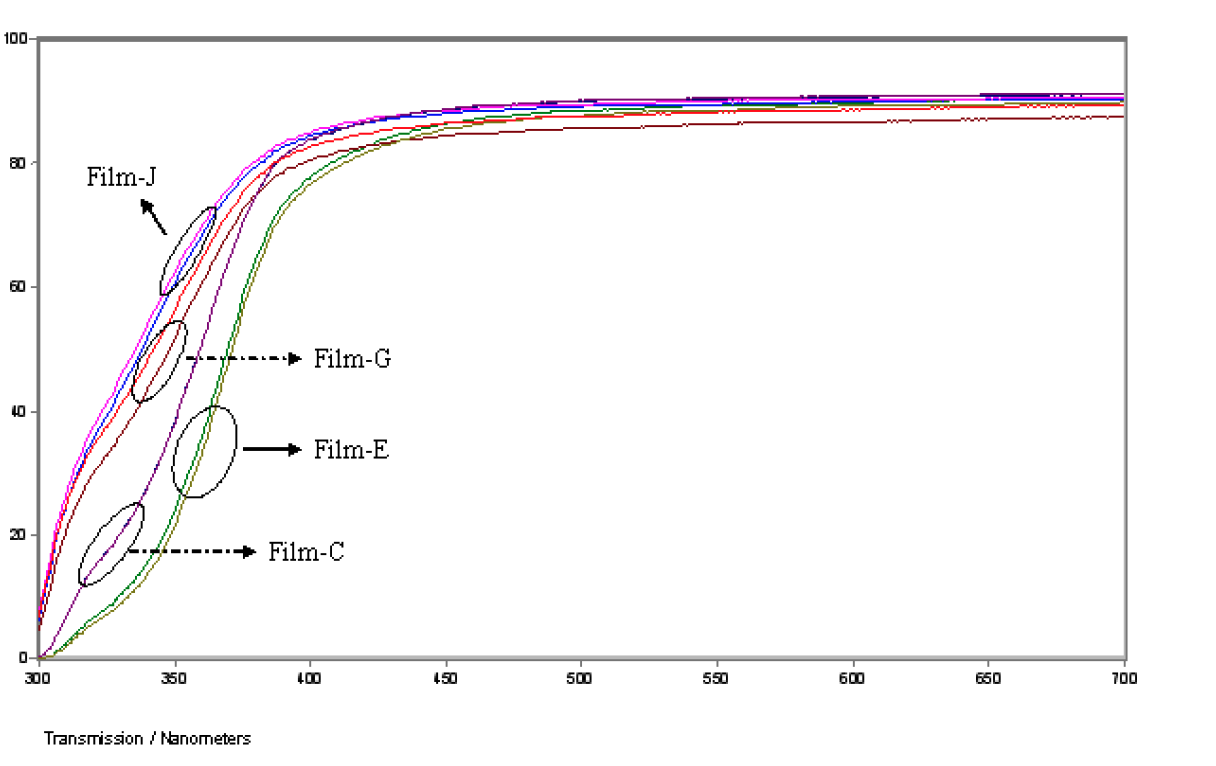LOCTITE ECCOBOND LUX OGR150THTG
Harmonization Code : 3907.30.00.90 | Polyacetals, other polyethers and epoxide resins, in primary forms; polycarbonates, alkyd resins, polyallyl esters and other polyesters, in primary forms : Epoxide resins : Other
Main features
- Non conductive
- Photocurable
- Cures in shadowed areas
Product Description
LOCTITE ECCOBOND LUX OGR150THTG photocurable, acrylate adhesive is designed for high throughput optoelectronic assembly operations. It is a low viscosity, transparent, dual cure acrylate (UV and heat) for cavity fill of test ICs.
LOCTITE ECCOBOND LUX OGR150THTG contains a secondary thermal cure mechanism for applications that contain shadowed areas where light is unable to penetrate. The secondary thermal cure can be done in conventional box or convection conveyor ovens.
UV Cure
- UV 365 nm with 110 mW/cm²at the bondline
Secondary Thermal Cure
- 1 hour @ 100°C or
- 2 hours @ 85°C
Technical Specifications
| General Properties | |
| Work life @25°C Work life @25°C Work life is the amount of time we have to work with a material until it is no longer able to be easily worked and applied on a substrate. It is based on the change in viscosity and it can rely on the application requirements. | 2184 hours |
| Thermal Properties | |
| Glass Transition Temperature (Tg) Glass Transition Temperature (Tg) The glass transition temperature for organic adhesives is a temperature region where the polymers change from glassy and brittle to soft and rubbery. Increasing the temperature further continues the softening process as the viscosity drops too. Temperatures between the glass transition temperature and below the decomposition point of the adhesive are the best region for bonding. The glass-transition temperature Tg of a material characterizes the range of temperatures over which this glass transition occurs. | 145 °C |
| Physical Properties | |
| Viscosity Viscosity Viscosity is a measurement of a fluid’s resistance to flow. Viscosity is commonly measured in centiPoise (cP). One cP is defined as the viscosity of water and all other viscosities are derived from this base. MPa is another common unit with a 1:1 conversion to cP. A product like honey would have a much higher viscosity -around 10,000 cPs- compared to water. As a result, honey would flow much slower out of a tipped glass than water would. The viscosity of a material can be decreased with an increase in temperature in order to better suit an application | 1,000 mPa.s |




